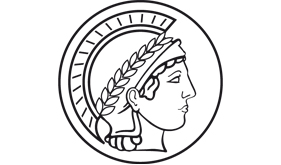The largest batch of Old Babylonian mathematical texts
Otto Neugebauer
and most of them also (with French translation) in
François Thureau-Dangin
The above texts BM 13901
Other texts are found in
Otto Neugebauer & Abraham Sachs, Mathematical Cuneiform Texts. New Haven, Connecticut: American Oriental Society, 1945.
The text YBC 6967
All texts from Susa (TMS) come from
Evert M. Bruins & Marguerite Rutten, Textes mathématiques de Suse. Paris: Paul Geuthner, 1961.
The text Db2–146
Taha Baqir, “Tell Dhiba’i: New Mathematical Texts.” Sumer 18 (1962), 11–14, pl. 1–3.
Neugebauer’s and Thureau-Dangin’s editions are solid and dependable, as are their commentaries. However, when using Neugebauer’s Mathematische Keilschrift-Texte one should remember to consult the corrections that are given in volumes II and III—a pioneering work cannot avoid to formulate hypotheses and to propose interpretations that afterwards have to be corrected. Evidently the commentaries are based on the arithmetical interpretation of the algebraic texts, the originators of this interpretation being precisely Neugebauer
The edition of the Susa texts is much less reliable. Too often, and in the worst sense of that word, the French translation and the mathematical commentary are fruits of the imagination. Even the translations of logograms into syllabic Akkadian are sometimes misleading—for instance, the logogram for “joining” is rendered by the Akkadian word for “heaping.” Everything needs to be controlled directly on the “hand copy” of the cuneiform text.2
The basis for most of what is new in the present book compared to the original editions—the geometric interpretation, the relation between the school
Jens Høyrup, Lengths, Widths, Surfaces: A Portrait of Old Babylonian Algebra and Its Kin. New York: Springer, 2002.
This volume also contains editions of almost all the texts presented above with an interlinear English translation and with philological commentary and precise indication of all restitutions of damaged signs (the exceptions are TMS XVI #2, Str 368 and VAT 8520 #1
Footnotes
However, neither of the two volumes contains more than the principal fragment of BM 15285. A new edition based on the three fragments that are known today can be found in Eleanor Robson, Mesopotamian Mathematics 2100–1600 BC. Technical Constants in Bureaucracy and Education. Oxford: Clarendon Press, 1999.
In other words, the edition is almost useless for non-specialists, even for historians of mathematics who do not understand the Old Babylonian tradition too well; several general histories of mathematics or algebra contain horrendous mistakes going back to Evert Bruins’s commentary.
